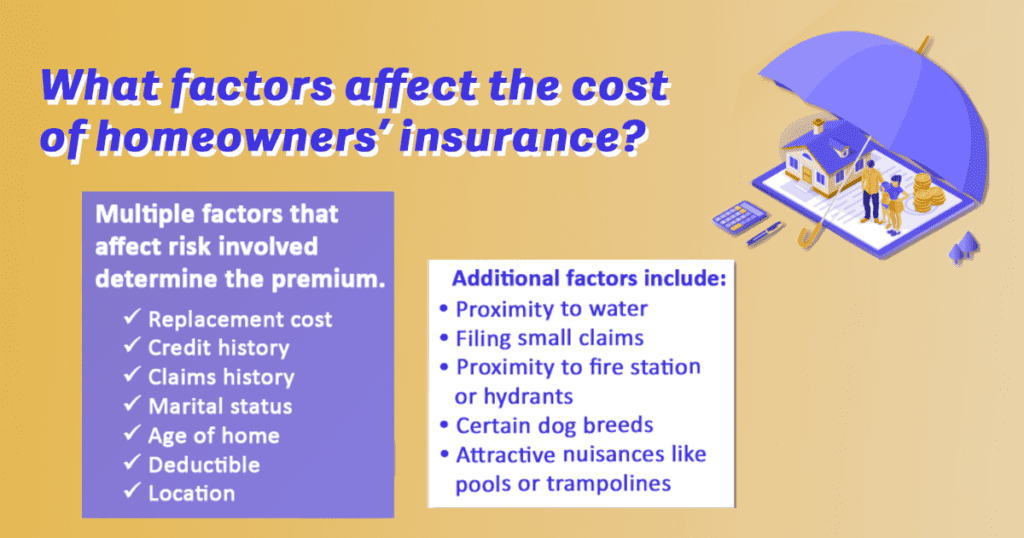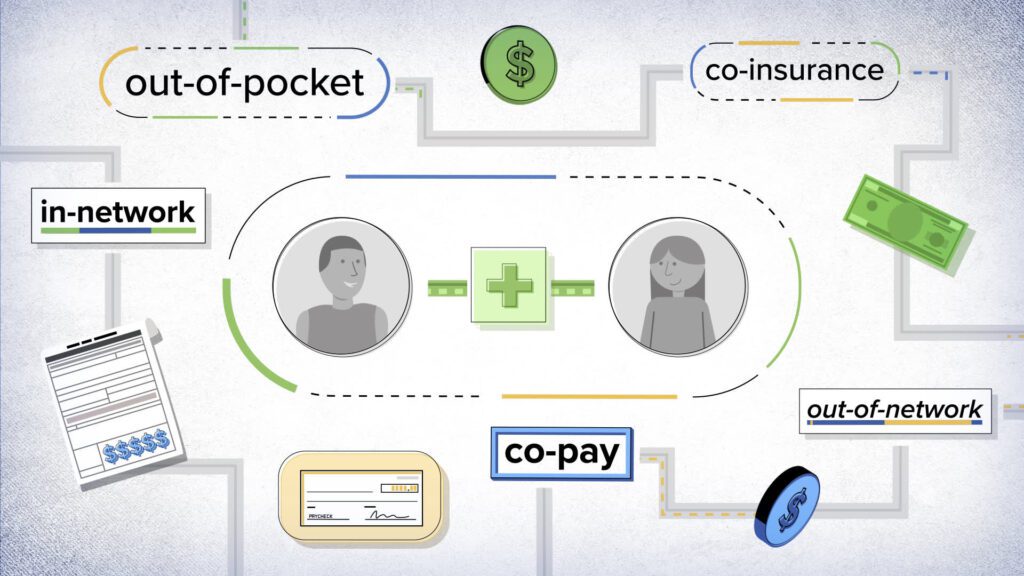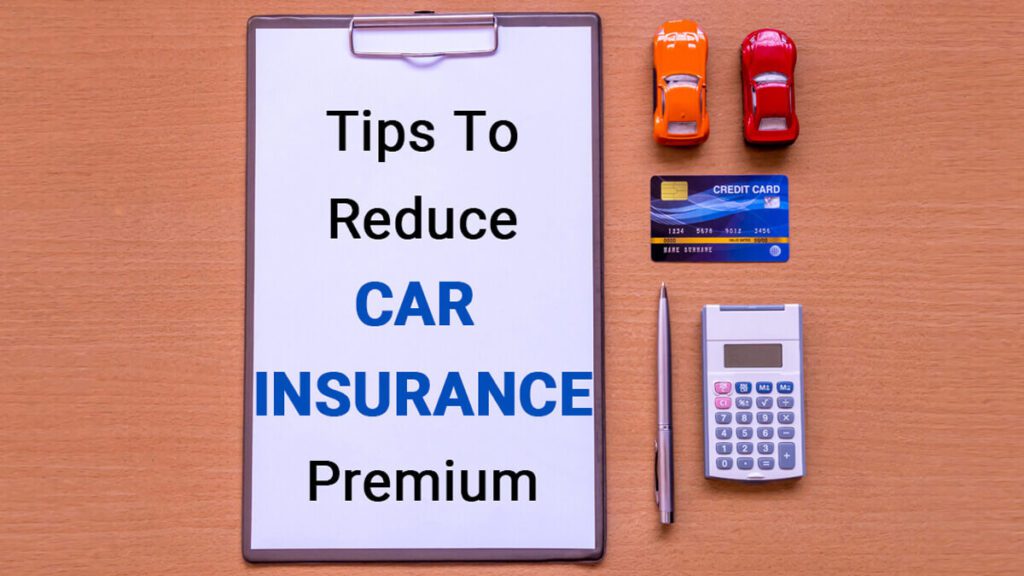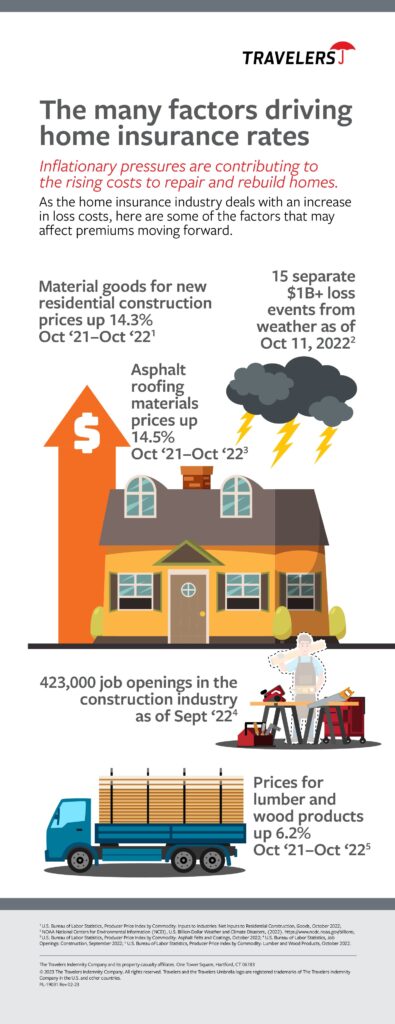Imagine this scenario: you’ve purchased your dream home, but there’s one lingering worry on your mind. What if the value of your house increases – would you still have to pay for Private Mortgage Insurance (PMI)? Luckily, we’re here to clear the confusion and provide you with all the information you need. In this article, we’ll explore the possibility of removing your PMI if your home value takes a leap. So, sit back, relax, and let’s dive into this insightful journey together.
Can I Remove My PMI If My Home Value Increases?


Why Is Private Mortgage Insurance (PMI) Required?
Private Mortgage Insurance, commonly referred to as PMI, is often required by lenders when a borrower puts down less than 20% of the home’s purchase price as a down payment. The primary purpose of PMI is to protect the lender in case the borrower defaults on the loan. This added insurance provides reassurance to the lender when lending to borrowers with smaller down payments, reducing the risk associated with such loans.
What Is PMI?
Private Mortgage Insurance is a type of insurance coverage that protects the lender in the event of loan default by the borrower. It is not to be confused with homeowner’s insurance, which protects the borrower’s personal belongings and the property itself from damage or other perils.
How Does PMI Work?
PMI functions as a safeguard for the lender in case a borrower has a higher risk of defaulting on their mortgage payments. Typically, PMI is added onto the borrower’s monthly mortgage payment, creating an additional expense until certain conditions are met for its removal. In most cases, PMI automatically terminates once the borrower reaches a specific loan-to-value (LTV) ratio, usually around 78%. This means that the homeowner has paid off 22% of the loan or has gained 22% equity in the property. However, there are ways to expedite the removal of PMI, even before reaching the required LTV ratio.
How Can Home Value Affect PMI?
The value of your home plays a crucial role in determining whether you can remove your PMI. If your home value increases, it could provide an opportunity to eliminate your PMI sooner than expected. This is because PMI is typically based on the original appraised value of your home or the purchase price, whichever is lower. Therefore, if your home value increases and you have paid down a significant portion of your mortgage, your LTV ratio may improve, enabling you to remove PMI.


Determining Your Loan-to-Value Ratio (LTV)
The Loan-to-Value ratio (LTV) is a critical factor in determining when you can remove your PMI. It is calculated by dividing the outstanding mortgage loan balance by the current appraised value of the property. For example, if you have a mortgage balance of $200,000 and the appraised value of your home is $250,000, your LTV ratio would be 80% ($200,000 / $250,000). As discussed earlier, the threshold for PMI removal is typically when the LTV ratio reaches 78%.
How to Remove PMI
Removing PMI requires meeting specific criteria and taking appropriate actions. Here are some common methods to remove PMI:
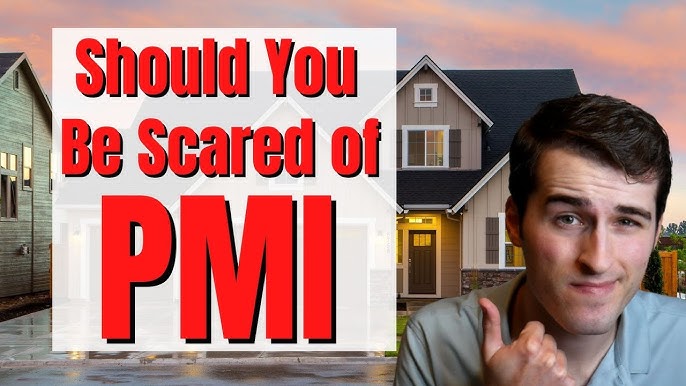

1. Reaching the Required LTV Ratio
As mentioned earlier, PMI is typically automatically removed when you reach an LTV ratio of 78%. This means that you have paid off 22% of your mortgage or have 22% equity in your home. To track your progress, consider obtaining an updated appraisal of your property to determine its current value. Keep in mind that depending on your lender, you may need to request PMI removal formally.
2. Requesting PMI Removal
Another way to remove PMI is by contacting your lender and requesting its removal once you believe you have met the necessary requirements, even if the LTV ratio has not reached 78%. Some lenders may be willing to consider early PMI removal if you have made significant improvements to your property or believe your home has appreciated in value, resulting in a lower LTV ratio. However, keep in mind that different lenders may have varying criteria for approving PMI removal requests.


3. Refinancing your Mortgage
Refinancing your mortgage can also be an avenue to remove PMI. By refinancing, you essentially take out a new loan to replace your existing one. In this process, you may be able to negotiate a loan with a lower LTV ratio, thus eliminating the need for PMI entirely. However, refinancing incurs costs, such as closing fees and potential higher interest rates, so it is crucial to carefully weigh the financial implications before proceeding.
4. Appreciation of Home Value and PMI Removal
If your home value increases, whether due to market conditions or property improvements, it can potentially impact your LTV ratio. If you believe your home value has significantly appreciated, it may be worthwhile to have a new appraisal conducted. If the appraisal indicates that the value of your home has increased, you may have gained additional equity, which could meet the criteria for PMI removal.


What If My Home Value Increases?
If your home value increases, it can work in your favor when it comes to removing PMI. As mentioned earlier, PMI is often based on the original appraised value or purchase price of the home. If your home value has increased, you may be closer to reaching the required LTV ratio to remove PMI. It is recommended to contact your lender and request a formal review if you believe your home value has significantly appreciated.
What If My Home Value Decreases?
While a decrease in home value may not directly impact your ability to remove PMI, a significant decline can complicate the process. If your home value decreases, your LTV ratio may worsen, making it more challenging to reach the necessary threshold for PMI removal. However, it is essential to consider other factors such as paying down your mortgage or home value stabilization before deciding on retaining or removing PMI.
The Importance of a Home Appraisal
A home appraisal is a crucial step in determining the current value of your property. If you believe your home value has increased significantly since the purchase or the last appraisal, obtaining a new appraisal can provide the evidence necessary for PMI removal. Although there may be costs associated with a home appraisal, it can offer transparency and help you make informed decisions regarding PMI removal.
Factors to Consider Before Attempting PMI Removal
It is vital to consider several factors before attempting to remove your PMI, especially if your home value has increased. Here are a few key points to keep in mind:
- Review your loan agreement and consult with your lender to understand the specific criteria and requirements for PMI removal.
- Assess your financial situation and determine if paying down more of your mortgage is a feasible option to reach the desired LTV ratio.
- Evaluate the potential costs associated with obtaining an updated home appraisal or refinancing your mortgage.
- Consider the long-term benefits of PMI removal versus the short-term costs and potential impact on interest rates.
- Seek guidance from a trusted financial advisor or mortgage professional who can provide personalized advice based on your unique circumstances.
Conclusion
Removing PMI can be an advantageous financial move, especially if your home value has increased. While PMI is typically automatically removed when you reach a specific LTV ratio, taking proactive steps, such as reaching out to your lender, requesting a review, or considering refinancing, can expedite the process. Always remember to thoroughly assess your financial situation and consider all factors before making a decision. Removing PMI can provide additional savings and allow you to fully enjoy the benefits of owning your home.



